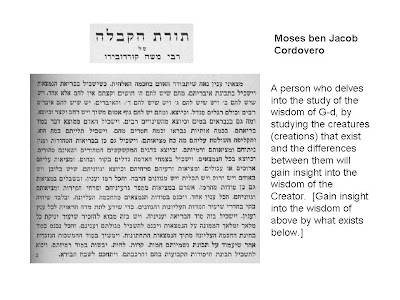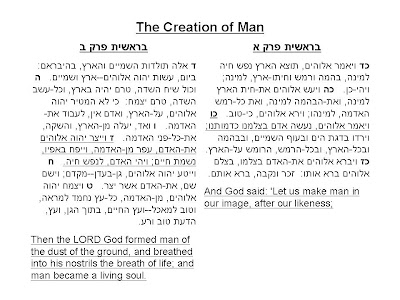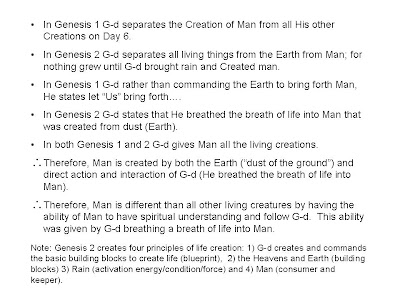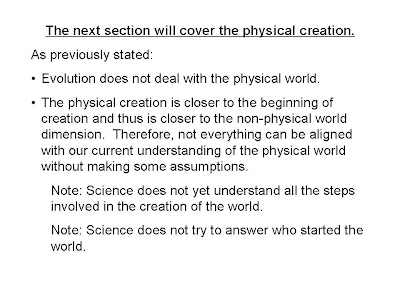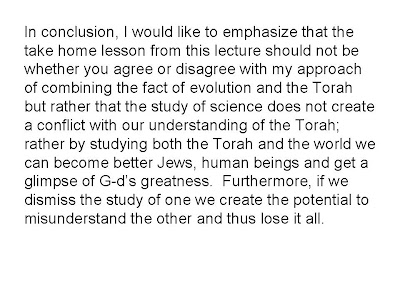While I do not tend to be a big fan of nit picking arguments about prayers (the area typically left to the professionals) because Kavana (כוונה; intent with full body, soul and heart) is what matters at the end, I have had a nagging issue with the placement of a word meaning Truth (אמת). It all started two years ago on Pesach (Passover) when I discovered a Pesach siddur (prayer book) that dates back to 1907 Vilna, Poland (Nosach Sephrad), part of a three book holidays set. I thought it was providence or at least appropriate that I use the book at its 100 Anniversary. Just imagine the history the book witnessed since its publication a century ago. Of course being a curious person, I tried to observe differences between the old siddur versus the new siddur being used by the Sephardic Congregation at ABJ&D in West Orange, New Jersey. At this point of the request I need to add a disclaimer that I have not done a thorough and complete search on all the current siddurim (plural of siddur) being used by different Orthodox Jewish congregations and thus my request may not apply to you. I also, as you can see by my biography at the bottom of the blog, am not a professional rabbi and do not claim to know more than the great rabbis who established and edited the prayers we use, but in the spirit of “Why is this night different …?” I request a change in, a redo or just more Kavana.
As part of Sacharit (morning prayers), Arivit (evening prayers), etc. we say Shma Israel (שמע ישראל). This is followed by a third paragraph, in both Sacharit and Arvit. Please note the word Truth (אמת) at the end of the paragraph, ending with a period (.) and with a comma (,), at the end of the repeat by the Chazan (Cantor). This word is not in the original text of the Torah (bible):
Tanach - Numbers Chapter 15
37. And the Lord spoke to Moses, saying,
38. Speak to the people of Israel, and bid them that they make them fringes in the borders of their garments throughout their generations, and that they put upon the fringe of the borders a thread of blue;
39. And it shall be to you for a fringe, that you may look upon it, and remember all the commandments of the Lord, and do them; and that you seek not after your own heart and your own eyes, which incline you to go astray;
40. That you may remember, and do all my commandments, and be holy to your God.
41. I am the Lord your God, who brought you out of the land of Egypt, to be your God; I am the Lord your God.
Why was Truth (אמת) added at the end and where did it come from? The old siddur I used for comparison did not have this. It turns out that this word used to belong to the start of the paragraph that followed but was moved up to join this paragraph to, in part, be able to say:
ה' אלהיכם אמת
This translates to the Lord is the true G-d. This is in reference to, in part, a statement in the Torah (bible) by the prophet Jeremiah:
Tanach - Jeremiah Chapter 10
10. But the Lord is the true God, he is the living God, and an everlasting king; at his anger the earth shall tremble, and the nations shall not be able to abide his indignation.
This of course is not the only reason why the word was added to the end of a perfectly quoted text from the Torah (bible) and I am not here to debate the reasons and secrets behind the change. I think it makes good sense to make this change, if for no other reason, in order to reaffirm this statement. But, I am requesting that we not forget the original intent of the paragraphs that followed this paragraph in Sacharit and Arvit.
The word Truth (אמת) is an important part of these paragraphs and is significant. Let’s not make one “better” at the “detriment” of the other. I request/suggest that the next time you pray and come across this section that you add the word Truth (אמת) also to the paragraph that follows the modified Jeremiah paragraph. It never hurts to reaffirm and reemphasize the word Truth (אמת) in our prayers, body, soul and heart (Kavana : כוונה).






































